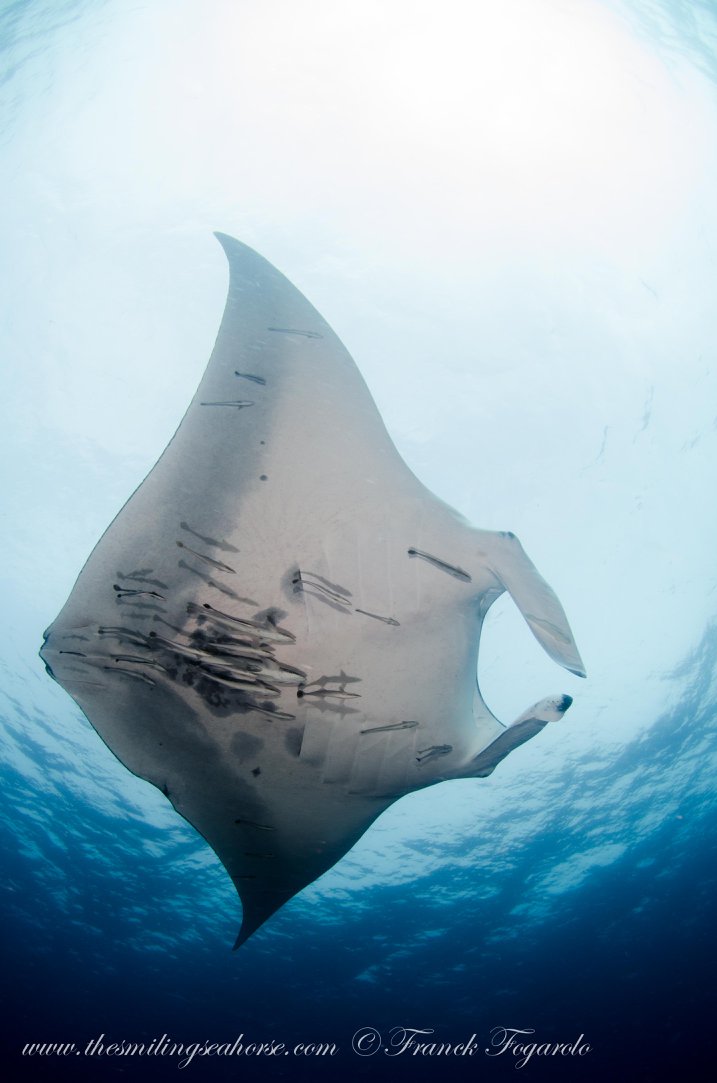


Paul Rocks (Brazil), Fernando de Noronha (Brazil), Trindade and Martim Vaz (Brazil), Ascension (United Kingdom), and St. The tropical South Atlantic Ocean has only a few oceanic islands in the habitable range of whale sharks, namely St. Similarly, the ecology of adult whale sharks, which are often sighted at volcanic islands far removed from continental shelf habitats ( Ramírez-Macías et al., 2017), is poorly understood in general and in the Atlantic in particular. Data are lacking on the formation of coastal feeding aggregations of juvenile sharks in this region, which tend to occur in areas of seasonal upwelling ( de la Parra Venegas et al., 2011) or other high-productivity habitats. In addition, there is a lack of information about the biology and ecology of whale shark populations in the South Atlantic relative to other ocean basins ( Norman et al., 2017). The lack of movement or genetic data form outside the Gulf of Mexico and Caribbean region within the Atlantic makes it difficult to identify finer-scale structure within this ocean basin. (2017), this indicates that whale sharks in the Atlantic represent a functionally separate population from those in the Indo-Pacific ( Pierce and Norman, 2016). Coupled with movement information from broad-scale whale shark photo-identification studies, such as Norman et al. Genetic evidence suggests that whale shark populations are distinct between the Atlantic and Indo-Pacific, with clear differentiation between sharks sampled in the Gulf of Mexico and Indo-Pacific locations (i.e., Vignaud et al., 2014). Understanding the ability of whale shark populations to recover from these declines is vital for the conservation of the species, but little is known about their reproduction and some life-history characteristics. The species has suffered a > 50% decline in global population over the last 75 years, leading to a conservation status of “Endangered” on the IUCN Red List of Threatened Species ( Pierce and Norman, 2016). The whale shark ( Rhincodon typus) can be found circumglobally in tropical and warm temperate seas, and often forms reliable coastal aggregations, typically in response to high prey abundance ( Rowat and Brooks, 2012). Helena represents a critical habitat for this endangered species and deserves concerted research and conservation efforts. Due to its likely role in the reproductive ecology of the whale shark, St. Acoustic telemetry showed that animals use the habitats around the entire island, but are focused on the leeward side, particularly from James Bay to Barn Cap. Horizontal movements away from the island proved difficult to track, due to deep-diving behavior that either damaged or caused premature detachment of the archival satellite tags, however, some individuals showed large scale movement away from the island towards both Africa and South America.

Eyewitness accounts of mating behavior have been reported by reliable local observers on two separate occasions, which comprise the first observations of copulation in this species and are consistent with the size and sex demographics of the population. Interannual periodicity was observed for some ( n = 34) sharks at the site. Modified maximum likelihood methods of the photo-ID data estimated ∼102 individual whale sharks at any one time, each residing within the study site for a mean of 19 days with a decline to complete absence at ∼75 days following initial identification. Using photographic identification (photo-ID), a total of 277 individual sharks were identified over the course of the study, consisting of a 1.1:1 sex ratio of male and female sharks, ranging from 5 to 12 m in total length, with 86% of males and 51% of females likely to be mature. Helena from December to May each year, peaking in January. 8Large Marine Vertebrates Research Institute Philippines, Bohol, PhilippinesĪ reliable aggregation of whale sharks ( Rhincodon typus) takes place in waters surrounding the remote South Atlantic island of St.7Saint Helena National Trust, Jamestown, Saint Helena.6Environment and Natural Resources Directorate, St Helena Government, Jamestown, Saint Helena.5Marine Megafauna Foundation, Truckee, CA, United States.3Research and Conservation Department, Georgia Aquarium, Atlanta, GA, United States.2Foreign Commonwealth Office, St Helena Government, Jamestown, Saint Helena.1School of Biological Sciences, Georgia Institute of Technology, Atlanta, GA, United States.Pierce 5 Annalea Beard 6 LeeAnn Henry 6 Beth Taylor 7 Kenickie Andrews 7 Rhys Hobbs 6 Gonzalo Araujo 8 Alistair D. Harry Webb 3 Rafael de la Parra 4 Simon J.


 0 kommentar(er)
0 kommentar(er)
